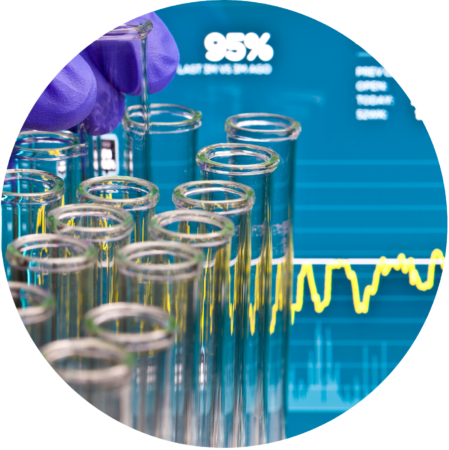Building a culture of continuous improvement within a life science organisation involves fostering an environment where ongoing development is valued, innovation is encouraged, and employees are empowered to seek out and implement efficiencies. This can be particularly challenging and rewarding in the life sciences due to the complex, regulated nature of the industry. This training helps organisation achieve a step-by-step approach to building this culture.
In today’s fast-paced and competitive business environment, particularly within the life science sector, the ability to continuously improve is not just an advantage but a necessity. “Building a Culture of Continuous Improvement – Everybody, Every Day, Everywhere” is a specialised training course offered by Biomatics, designed to embed a sustainable culture of improvement within organisations.
This course recognises that true operational excellence extends beyond methodologies and tools, rooting deeply in the mindset and daily practices of every team member across all levels of an organisation.






